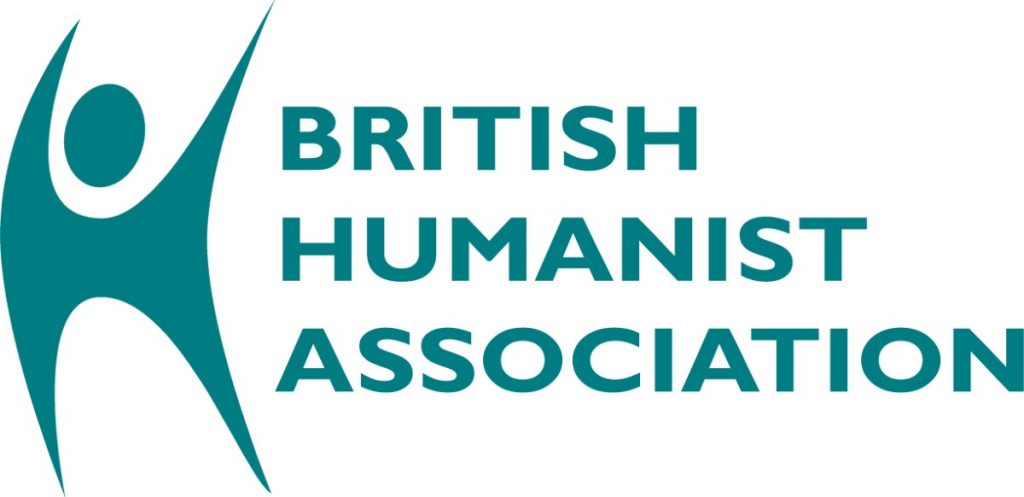BHA: ONS Census release (religion data) 11 December 2012: Pre notice for journalists
On 11 December 2012 the Office for National Statistics (ONS) will release the data relating to ‘Religion’ from the 2011 Census. This will comprise of a package of Key Statistics and a selection of Quick Statistics tables for England and Wales, and will be supported by statistical bulletins for England and for Wales.
The British Humanist Association which ran the public awareness initiative, the Census Campaign (http://census-campaign.org.uk/) in 2011 argued that census data on religion produced by the 2001 census gave a wholly misleading picture of the religiosity of the UK will be available to comment.
What was and is the issue?
'What is your religion?', the question asked in the 2001 census (and also the 2011 census) in England and Wales gave a far higher figure for ‘Christian’ than all other surveys. The 'Christian' box was selected by 71.74% of respondents in England and 71.90% in Wales. The Scottish figure, where respondents were asked about the religion they were brought up in, as well as their current religion, showed significantly fewer respondents ticking 'Christian': 65.08%, in spite of far higher figures for Church attendance in Scotland. The corresponding figures for ‘None’ were: England 14.6%, Wales 18.63% and Scotland 27.55%. A closed question which assumed that respondents would have a religion undoubtedly inflated the number of respondents ticking a religious box and reduced the number of those ticking 'none'. The figures were probably also distorted by the fact that the question appeared immediately after a series of questions on ethnicity, which may well have encouraged people to respond more on the basis of culture than actual beliefs or religious affiliation.
Other surveys tend to give around 30 – 50% of the population as non-religious, rising to 60 – 65% for young people.
Apart from the inaccuracy of the data collected on religious affiliation, there are real, practical problems with the use of such data. The Census data on religion says nothing about the actual religious practice, involvement, belief or belonging of the population. However, both central and local government use such data in resource allocation and for targeting equality initiatives. And the figure stating that 72% of the population are ‘Christian’ has been used in a variety of ways, such as to justify the continuing presence of Bishops in the House of Lords, to justify the state-funding of ‘faith’ schools (and their expansion), to justify and increase religious broadcasting and to exclude the voices of humanists in parliament and elsewhere. The question is not fit for the purposes for which it was included, for the first time, in 2001.
We will be responding to the data upon release and can be contacted for comment. Please contact BHA Chief Executive Andrew Copson on 07534 248596 or at andrew@humanism.org.uk.





-01.png)